Sony FX3 is officially its smallest, cheapest cinema camera for pro filmmakers
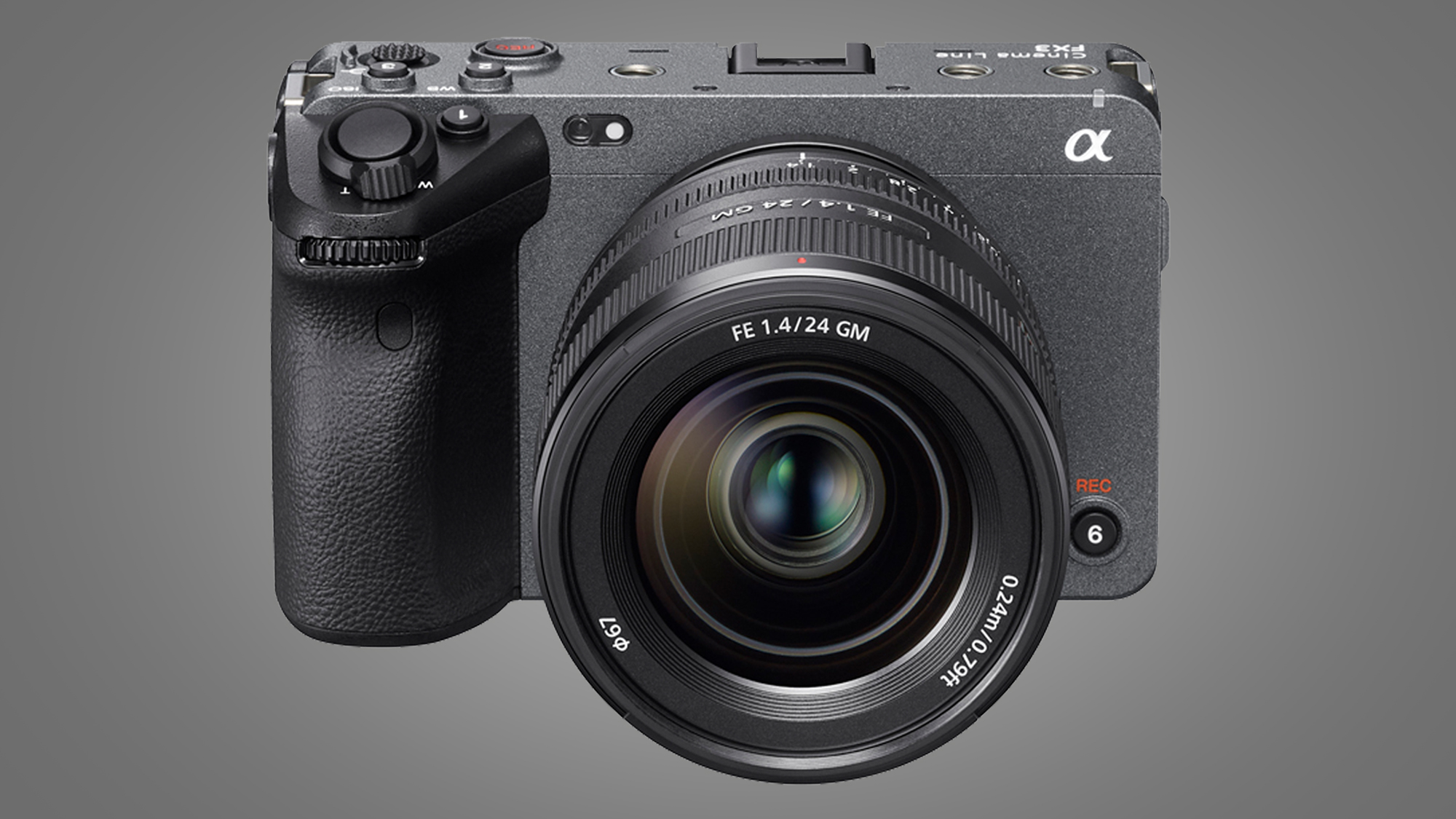
The Sony FX3 has officially landed – and as expected, it's the smallest, cheapest Sony cinema camera so far and an exciting alternative to the excellent Sony A7S III.
In fact, it's fair to say that the FX3 is effectively a redesigned A7S III, with the two cameras sharing a lot of the same specs. Both are 12.1MP full-frame cameras that are compatible with Sony's E-Mount lenses and can shoot 4K/60p video.
But the FX3 sits in Sony's Cinema line, which means it's specifically designed for pro filmmakers, rather than the hybrid shooters targeted by the Alpha-badged A7S III. According to Sony, the latter is targeted more at those who need to shoot a mix of high-quality stills and video, like wedding and concert photographers.

So how to the two cameras differ? The main physical differences are that the FX3 lacks the built-in electronic viewfinder (EVF) seen on the A7S III, but gains some fan-assisted active cooling (for longer continuous shooting) and a bundled handle accessory.
This handle (below) lets you smooth shots from low angles and also cleverly boosts the FX3's audio options. This is because the handle slots into its multi-interface shoe and includes twin XLR/TRS jacks. These are the go-to standard for pro audio recording and gives it the same sound options as the Sony FX6, a much larger camera that costs a somewhat more painful $6,000 / £6,000 / AU$9,500.
It's possible to add these XLR terminals to a camera like the Sony A7S III using an adapter kit, but this is a more clunky solution than the FX3's handle. The fact that this XLR handle is included with the FX3 also explains why it's slightly pricier than the Sony A7S III.
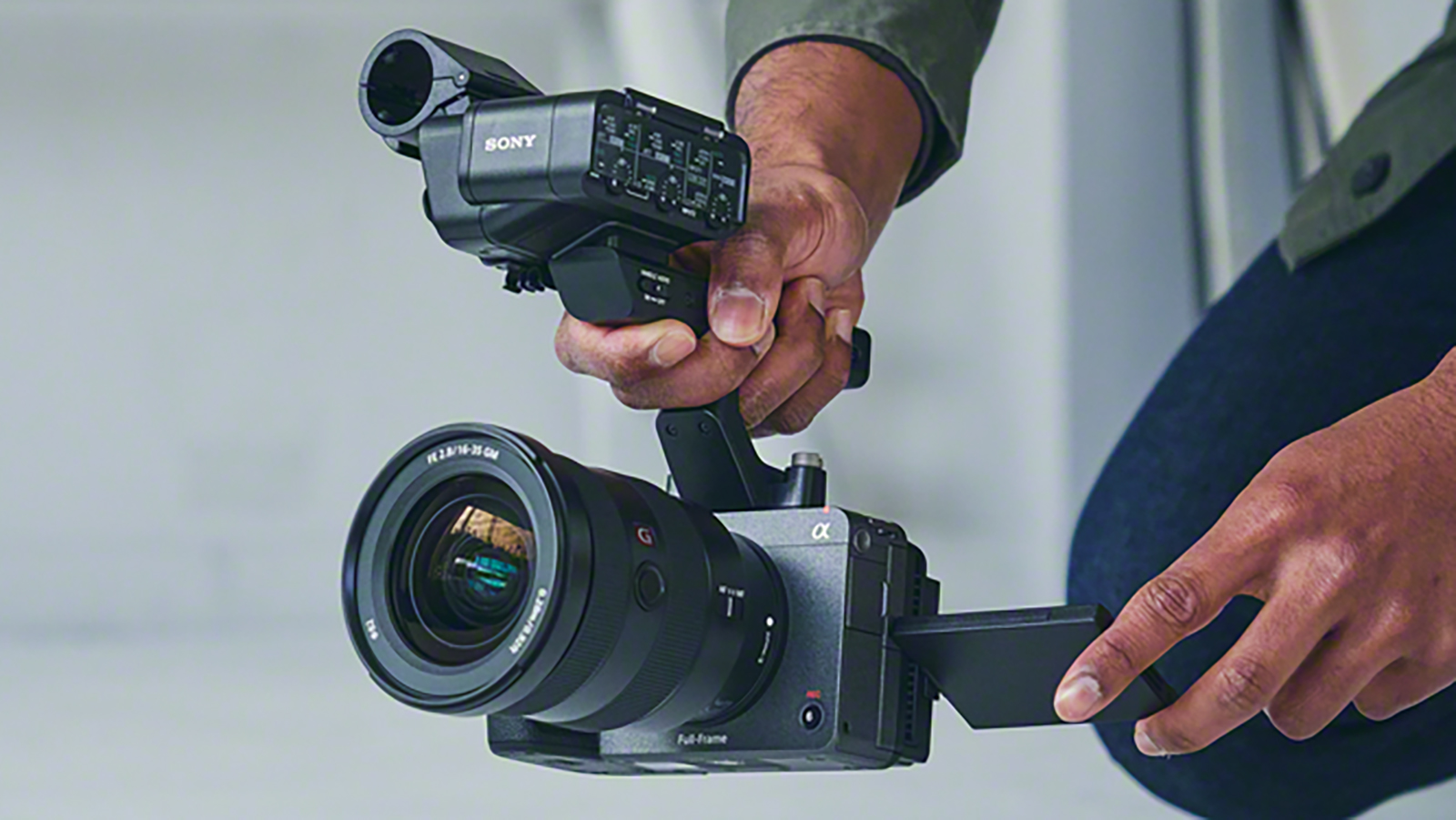
The FX3 also gains some other filmmaking-specific extras, including a rather fetching tally lamp (below), which clearly shows when the camera is recording to avoid any mishaps.
Sign up for breaking news, reviews, opinion, top tech deals, and more.
Also on the back of the FX3 is a 3-inch, 1.44m-dot touchscreen, which flips out to the side for those who are looking to film themselves. And just like the A7S III, on the side you also get twin CFexpress / SD card slots and a full-size HDMI port, which can output 16-bit raw video (although Sony hasn't yet said which external recorders are going to be supported).
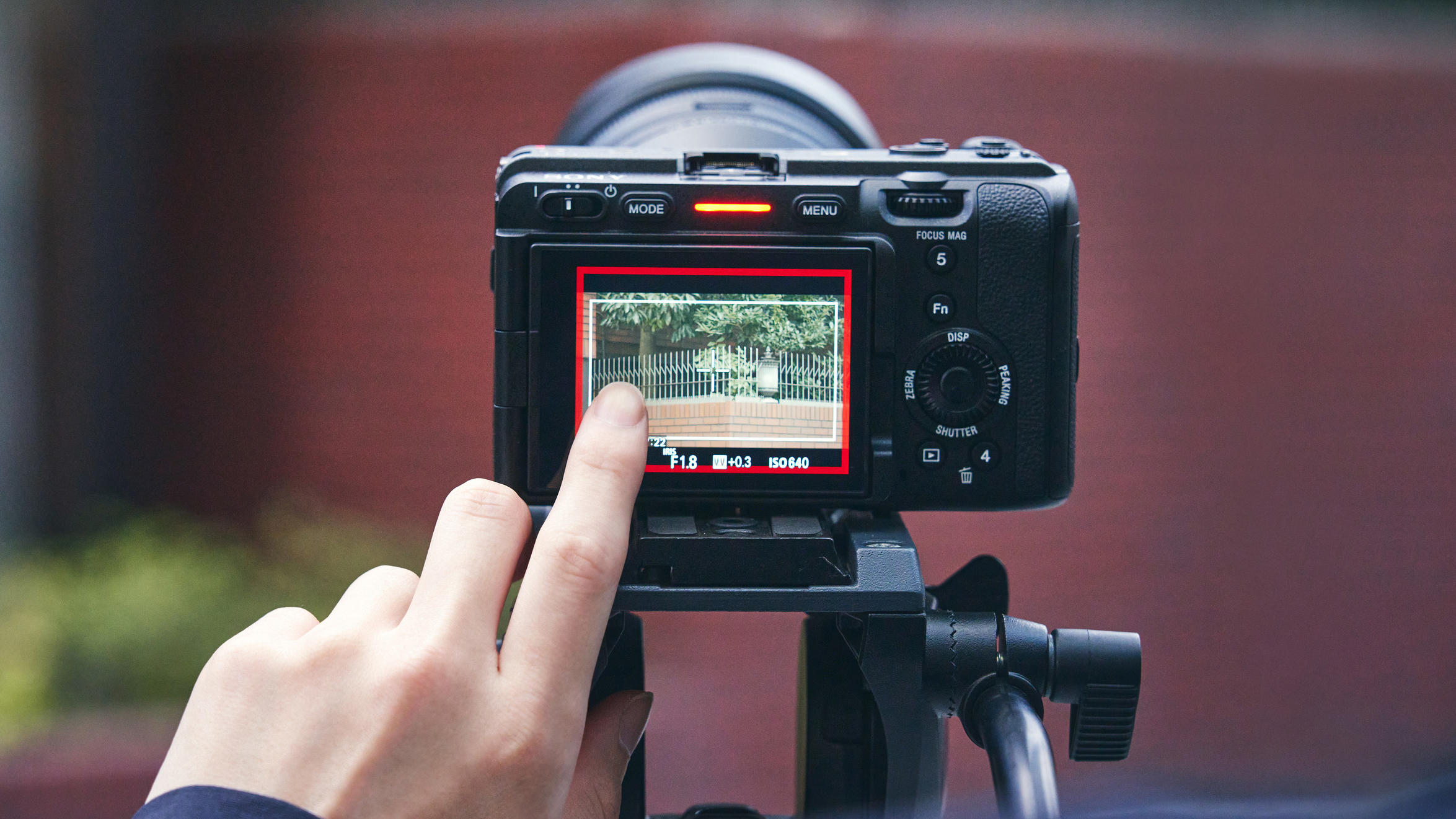
- These are the best 4K cameras you can buy right now
- Or check out our guide to the best YouTube cameras
- Read our in-depth Sony A7S III review
Thanks to the inclusion of the same back-illuminated 12.1MP full-frame sensor as the A7S III, which promises 15 stops of dynamic range, the FX3 promises to shoot similarly excellent video quality, particularly in low-light situations.
There's an option to shoot slo-mo 4K/120p footage, and the FX3 also has the popular S-Cinetone color profile, which recently arrived on the A7S III via a firmware update.
Because it's designed for solo, run-and-gun filmmaking, the FX3 also has in-body image stabilization (IBIS) along with an electronic Active Mode, which gives you even stronger stabilization at the expense of a 10% crop.
We haven't found Sony's stabilization to be the best, though, so FX3 shooters may still need to consider using a gimbal or Sony's Catalyst software in the edit room.

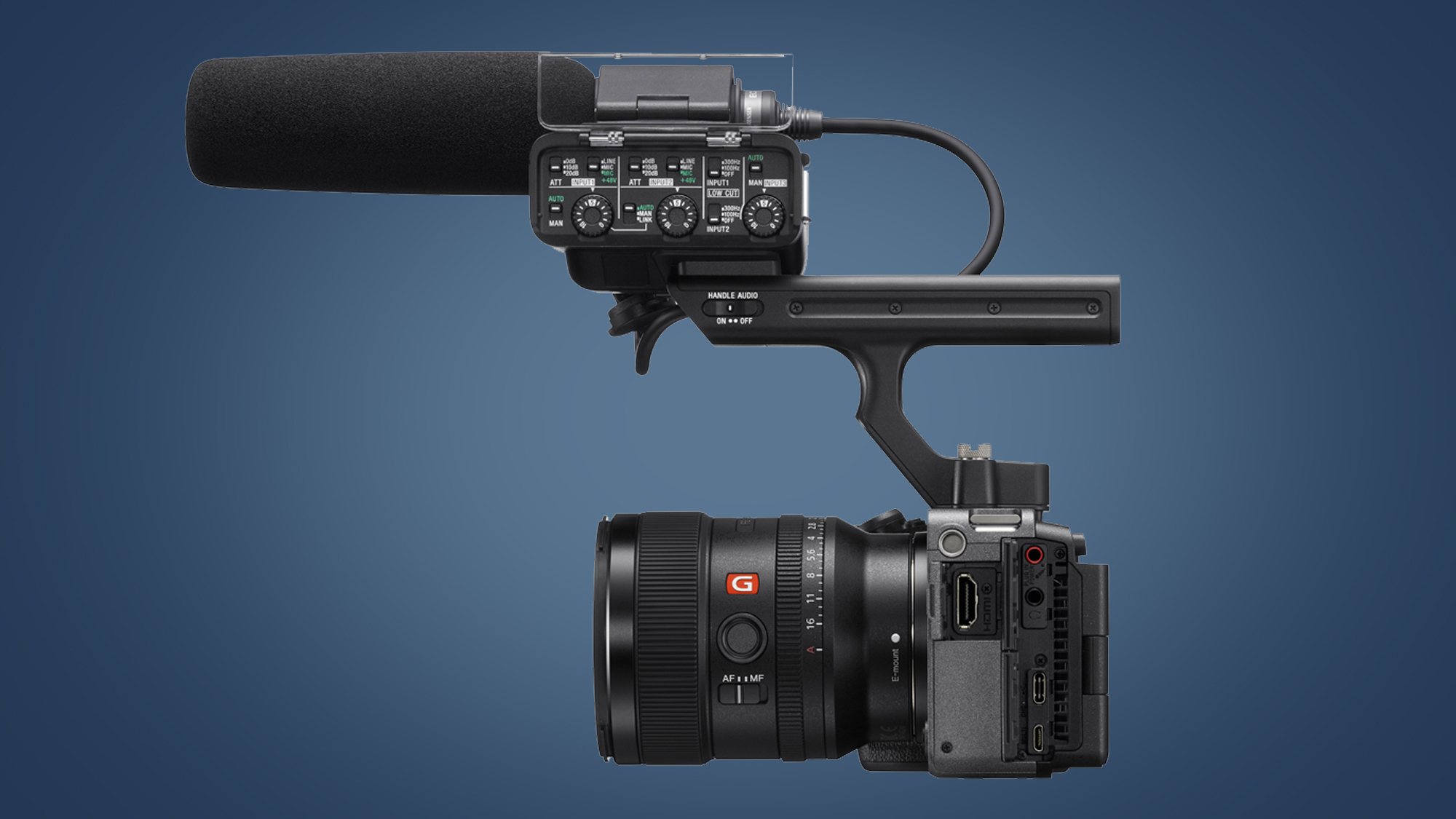

For a camera that weighs only 715g with a card and battery (just 16g more than the A7S III) the Sony FX3 certainly packs in some powerful shooting features. It can shoot 4K video with 10-bit 4:2:2 color sampling internally, and can also output 16-bit raw video to an external recorder via its full-size HDMI port.
Surely the combination of this shooting power and the FX3's size is a recipe for over-heating? Well, thanks to one other difference from the Sony A7S III – an active cooling system with built-in fans – Sony is promising 'uninterrupted' 4K/60p shooting, with a maximum continuous recording time of 13 hours. The FX3 might not be able to shoot 8K video, but that's pretty impressive for such a small camera and it trumps the A7S III in this regard.
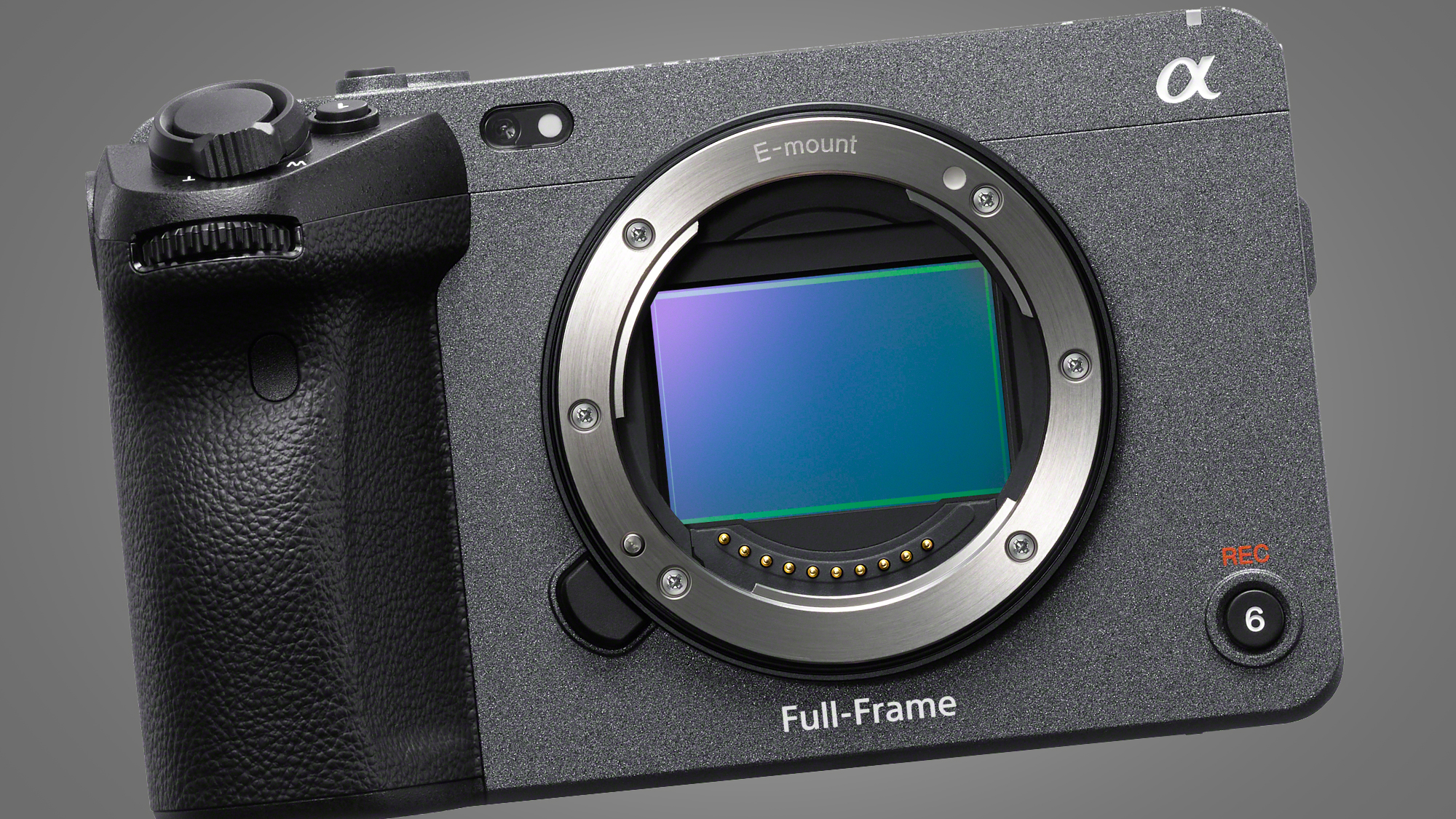
12.1MP BSI full-frame sensor
Bionz XR processor
Shoot 4K/120p or FHD/240p video
Record in 10-bit 4:2:2 internally
Expanded ISO range of 80-409,600
15-stop dynamic range
Have S-Cinetone, S-Log3/2 profiles
5-axis image stabilization
Same Hybrid AF autofocus system
16-bit raw video via HDMI port
Twin CFexpress Type A / SD slots
Same NP-FZ100 battery
Dust and moisture-resistant
Same touchscreen menu system
Slightly less impressive is the absence of built-in ND filters, which are a pretty useful for filmmakers, particularly when shooting in bright conditions.
Sony says this is because they wanted to make the FX3 as compact as possible, but it's an omission that could make it less appealing to some filmmakers.
Cinema paradiso
Still, despite that lack of built-in ND filters, there's no doubt that the Sony FX3 has a highly impressive feature set for such a compact camera.
It's not the first small cinema camera we've seen that shoehorns in the power of a much larger body. The Canon EOS C70 recently pulled off a similar trick, packing in most of the Canon C300 Mark II's features into an impressively portable, user-friendly form factor.
Whereas the EOS C70 combines a Super 35mm sensor (similar in size to APS-C) with a DSLR-sized body, the Sony FX3 goes a step further with its full-frame sensor and super-compact body. That said, the EOS C70 claims an added stop of dynamic range (at 16 stops), so it'll be interesting to see how the two compare in the field.

It's not just Sony and Canon slugging it out for the cash of solo or beginner filmmakers either – we recently also saw the arrival of the much cheaper Blackmagic Pocket Cinema Camera 6K Pro. That camera combines a Super 35mm sensor with, yes, built-in ND filters for a pretty reasonable $2,495 / £1,879 / AU$3,935 price tag.
Naturally, the full-frame Sony FX3, which comes with Sony's class-leading autofocus and other bonuses like twin CFexpress Type A / SD card slots, is a little pricier. It'll be available to buy for $3,899 / £4,200 (around AU$7,460) when it becomes available from mid-March.
But when you consider how many of the Sony FX6's features it manages to pack into a 715g body, it could well equal the popularity of the Sony A7S III – and possibly even tempt some of the owners of that camera over to the Cinema side.
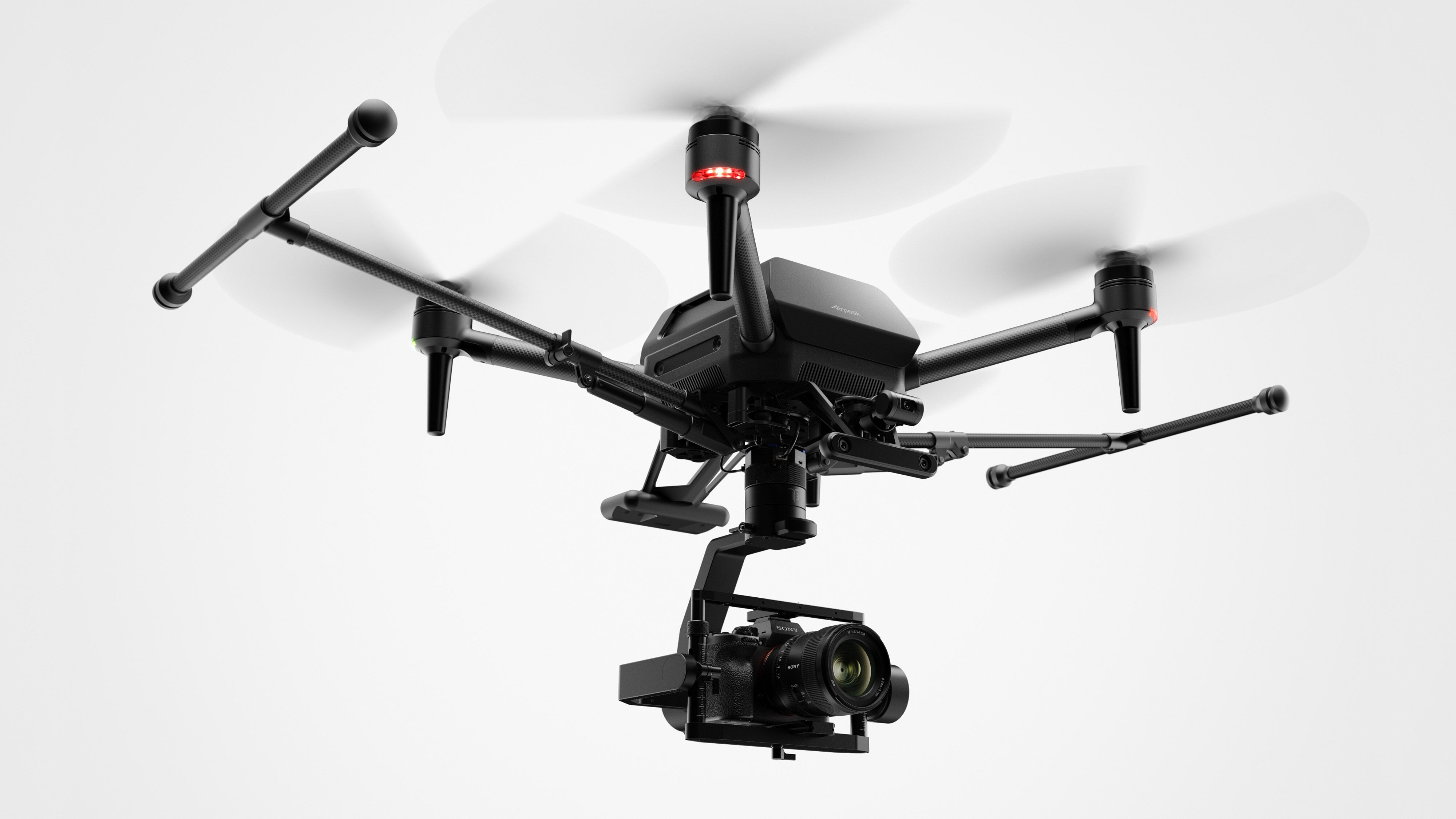
A drone's best friend?
Prior to the Sony FX3's launch, there was some speculation that the camera has been custom-made for the upcoming Sony Airpeak drone. And Sony has confirmed to us that the two will indeed make a good, if expensive, combo.
When we asked if there are any particular aspects of the FX3 that have been designed to help it work with the Sony Airpeak, a Sony spokesperson told us: "The FX3 is the perfect format to be paired with a drone including the Airpeak drone, but we are not able to comment on specifics".
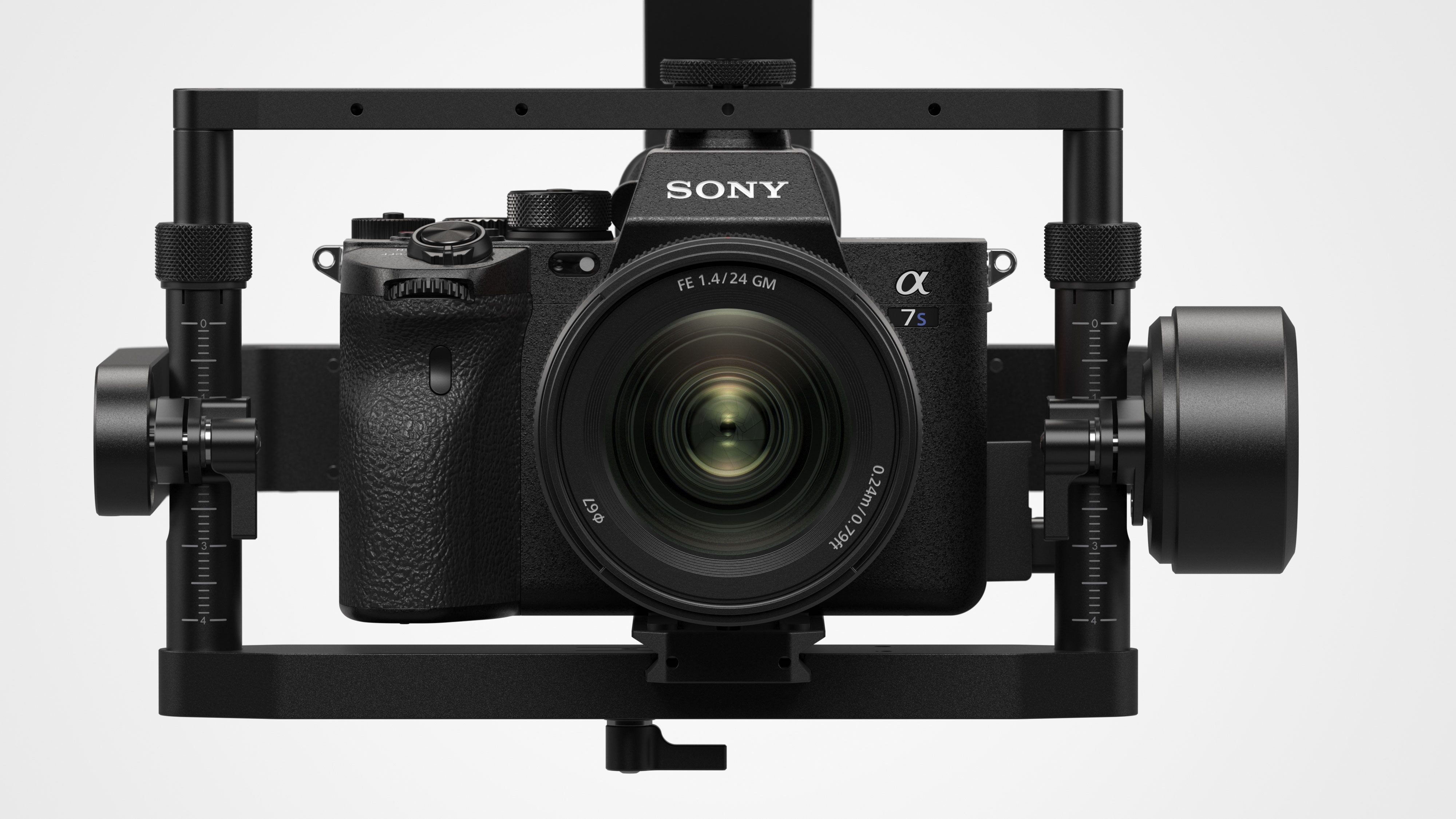
This means that we may soon see exactly how the two combine when Sony reveals more about its first drone soon. Sony has previously said that it'll be launching "a new business targeted for professional photography and video production in the spring of 2021", which means sometime between March and May.
The FX3's suitability for Airpeak isn't a huge surprise, given that the drone's first press shots showed it carrying a Sony A7S III – a camera that weighs a mere 16g less than the FX3.
The lack of an EVF on the FX3, which isn't really necessary on a drone camera, also makes it a potentially neater fit on the Airpeak's gimbal, which has been optimized for cameras of that size. We're looking forward to seeing the two working in tandem very soon.
- These are the best vlogging cameras in the world right now

Mark is TechRadar's Senior news editor. Having worked in tech journalism for a ludicrous 17 years, Mark is now attempting to break the world record for the number of camera bags hoarded by one person. He was previously Cameras Editor at both TechRadar and Trusted Reviews, Acting editor on Stuff.tv, as well as Features editor and Reviews editor on Stuff magazine. As a freelancer, he's contributed to titles including The Sunday Times, FourFourTwo and Arena. And in a former life, he also won The Daily Telegraph's Young Sportswriter of the Year. But that was before he discovered the strange joys of getting up at 4am for a photo shoot in London's Square Mile.